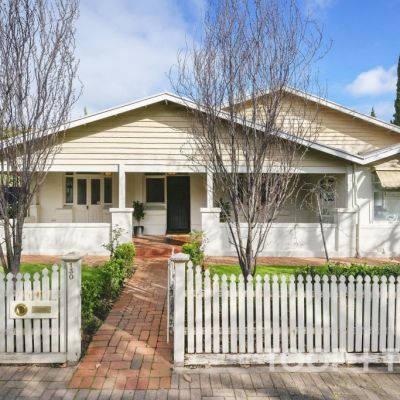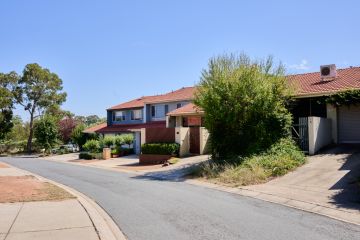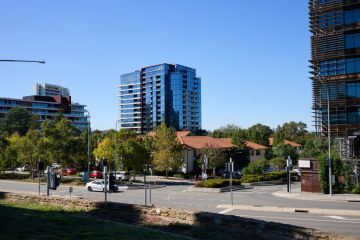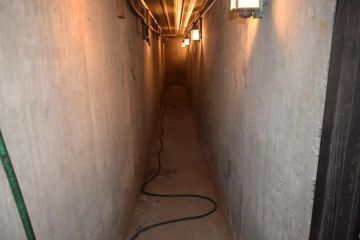There is no such thing as a 'national property market' in Australia anymore
Amid all the uncertainty surrounding Australian home prices, one fact is becoming increasingly clear: there is currently no such thing as a national property market.
Prices in Perth, Adelaide and south-east Queensland are steaming ahead, while those in Melbourne are coming well off the boil and price gains are cooling in Sydney. Canberra’s prices have barely been rising at all, and Hobart’s have sunk.
“Australia’s major city property markets are seeing a growing divergence in performance,” said Westpac senior economist Matthew Hassan, launching his bank’s latest Housing Pulse report.
“Perth [is] setting a blistering pace for price gains … on track for a rise close to 20 per cent this year … It’s a similar story in Adelaide, but the price growth has moderated to a still healthy 15 per cent on an annual basis, with its median dwelling price surpassing Melbourne’s for the first time ever over the last couple of months.”
For a while, during COVID-19, property prices in all the capital cities moved almost in synchronicity, each being slugged by the same macro trends in the shuttering, stuttering economies of the world.
But now they’ve gone their separate ways, up, down or staying even-stevens, confounding federal politicians and economists alike.
“There are broad trends that impact all the housing market; things like interest rates, tax settings and household cost of living changes,” said Professor Nicole Gurran, an urban and regional planning expert at the University of Sydney.
“But then other factors don’t have the same impact everywhere, like migration.
“Today, we have to make the distinction that house prices are rising or falling, and even rental affordability can be pushing in different directions. It doesn’t make sense to talk about the housing market nationally; it’s a constellation of different submarkets.”
It can be local factors that now affect the different markets the most, too, says Tim Reardon, chief economist of the Housing Industry Association.
Some of the most potent change-makers can be things like individual state government policies, and migration flows into different cities or regional areas.
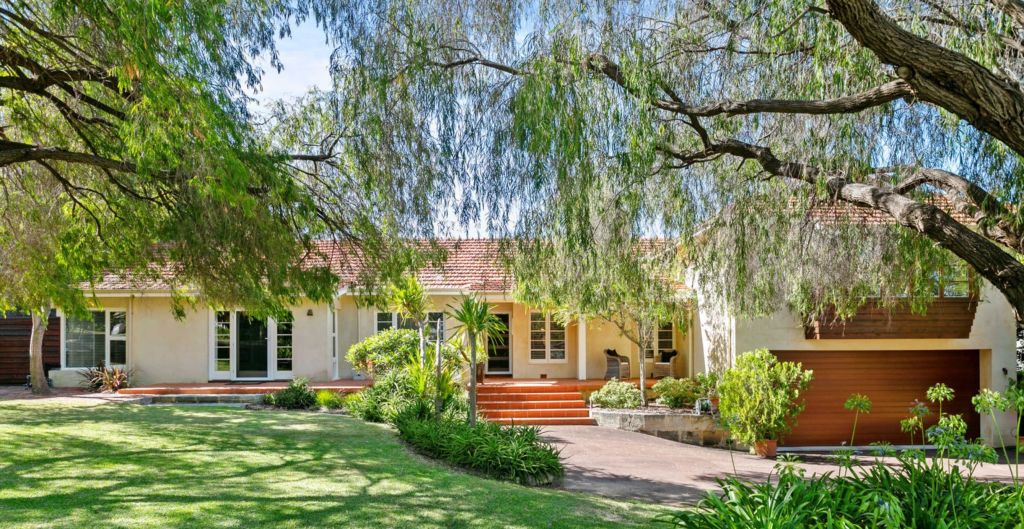
“If you take new house building, for a while we were looking more at global influences more than national,” Reardon said.
“But now it’s different everywhere – Western Australia is booming, and Sydney is trashing south.
“What we are increasingly seeing is the influence of state governments on the strength of housing markets, particularly on new home building. Some states are raising taxes on homes, leading to a lower volume of home-building activity.
But in those states encouraging new homes, like Western Australia and southeast Queensland, we’re seeing an increase in homes.”
Reardon believes that migration can also hugely affect markets and prices, although that depends on the type of migration.

If young families are moving interstate, perhaps to South Australia, demand for detached homes will grow quickly there, and the market will adjust in terms of price and volume, he says.
If it’s overseas migration, particularly with international students, the growth will be concentrated on high-density units near the city centres.
The latest Domain House Price Report showed by how much those capital cities are now diverging, with Perth house prices rising by 23.8 per cent over the last year, Brisbane’s by 16.9 per cent, Adelaide’s by 16 per cent, Sydney’s by 7.8 per cent, Melbourne’s by 3.6 per cent, Canberra’s by 0.8 per cent and Hobart 2.3 per cent down.
Domain chief of economics & research Dr Nicola Powell says the pandemic synchronisation of markets nationally was unusual.
“Now we’ve got a multi-speed market across Australia which means different dynamics in each capital city,” she said.
“Buyers and sellers need to be aware of this because it changes pricing expectations, the time it takes to sell and how quickly you have to move on particular properties.

“One aspect alone neatly showcases the diversity and that’s supply levels in different markets. The number of new listings in Sydney in August, for instance, was the highest there’s ever been in August, at 14 per cent, above the five-year average.
“Melbourne was 29 per cent, above the five-year average. Meanwhile, Perth, Brisbane and Adelaide are all under-supplied by 40 per cent, 32 per cent and 28 per cent, respectively.
“That demonstrates how there’s urgency in some markets, but not in others; that there absolutely is no such thing as a national market anymore.”
However, there are still connections between those different submarkets. It seems that price movements spurred by population change in different markets can have a ripple, or “spillover”, effect on others further away from or closer to the CBDs.
A study by Maria Yanotti, senior lecturer in economics at the University of Tasmania, found that a 1 per cent increase in the population migrating into a Local Government Area (LGA), for instance, will increase the house-price net spillover index by 3.12 per cent, increasing the probability of price changes in other markets.

Internal departures from LGAs, meanwhile, will contribute to receiving price spillovers from other markets.
“We looked at how price spillovers could affect other markets at a state level and then within states in different submarkets,” said Yanotti.
“We also looked at how migration is playing a role in interactions in markets.
“We found that Western Australia and Queensland, for instance, have their own characteristics, and these can be quite unique, whereas changes in prices in NSW can lead to changes in Canberra later and what happens in Victoria can feed the rest of the states, probably as a hangover form the pandemic, when it was the most affected.”
We recommend
States
Capital Cities
Capital Cities - Rentals
Popular Areas
Allhomes
More

